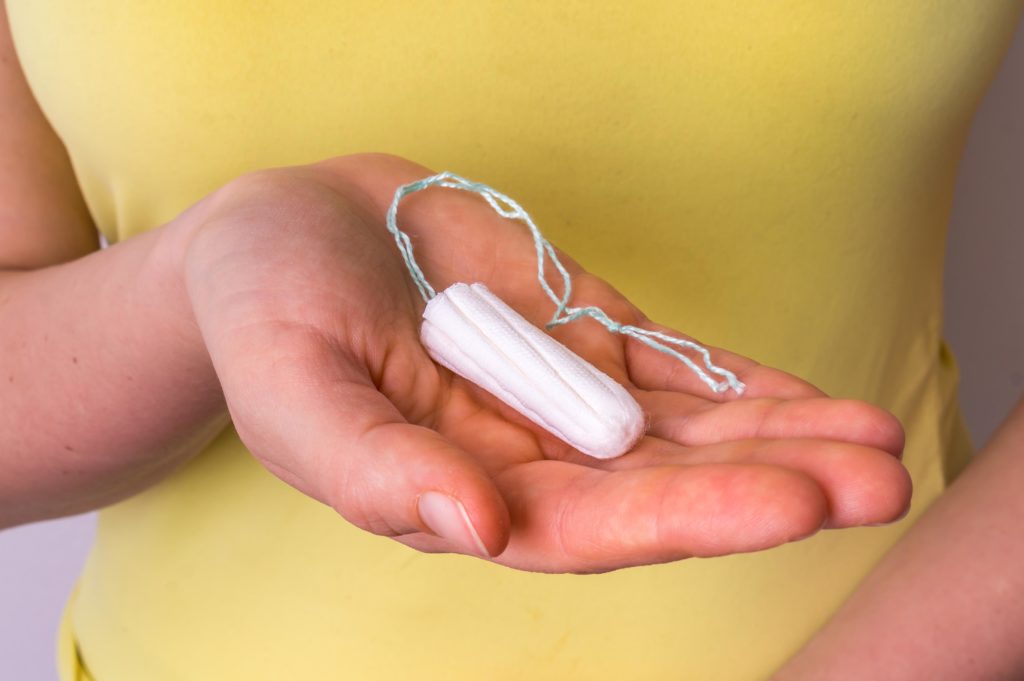Health risk: glyphosate residues detected in Tampons
Glyphosate in Tampons: Is there a health risk?
Glyphosate is the most widely used weed killers in Germany. The remedy comes mainly in agriculture on a large scale. Again and again, residues of the pesticide in food are established. And also in Tampons of the dangerous substance could be included. A health risk is this?
Pesticide residues in food
Plant protection products containing the active ingredient glyphosate are among the world’s most widely used products for weed control. Especially in agriculture, the controversial agent is used. Therefore, the pesticide is in the food. Studies have shown that glyphosate in Beers was undetectable, and also that residues of the Pflanzengifts is a large part of the German in the urine to measure. In Tampons such pesticide residues can not be excluded. However, a health risk this is.

Possible Cancer Risk?
Although the pesticide glyphosate, a Bayer subsidiary, Monsanto, the International Agency for research on cancer (IARC) is classified as “probably carcinogenic”.
However, not all experts share this opinion. Of the U.S. environmental protection Agency about the disputed funds is assessed as “non-carcinogenic”.
Also, the German Federal Institute for risk assessment (BfR) sees no cancer risk to consumers – at least not by the consumption of beer.
And how it looks with the possible health risks posed by glyphosate residues in Tampons?
Glyphosate residues can not be excluded
As the BfR in a recent communication, writes, there are Tampons, other feminine hygiene products mainly made of cotton.
Because cotton is treated with plant protection products, can pesticide residues be excluded in principle.
The BfR no data are currently available, what is the proportion of Tampons in the German market, which could potentially contain residues of glyphosate.
The information suggests that 2015 and 2016 have been measured in the various sanitary products made of cotton minimal residues of glyphosate.
The BfR had reviewed these findings and came to the conclusion that the measured levels were not a health risk for the consumers.
According to the report this risk assessment was conducted under “worst case”conditions, i.e., the assumption that the substance is absorbed from the Tampons to 100 percent.
No levels above the achievable limits of detection demonstrated
The residue levels of glyphosate and its degradation product amino-methyl phosphonic acid (AMPA) in women’s hygiene products, including Tampons, were also the subject of laboratory studies of other research institutions.
The BfR, according to the scientists in any of the Tampon-samples, the levels of glyphosate or AMPA above the achievable detection limits are demonstrated.
The BfR was busy in the year 2015, for the first time with the question of possible glyphosate residues in hygiene articles, of cotton.
The occasion of media reports on the results of a preliminary study of the National University of La Plata (Argentina) were at the time. Only source of information was, therefore, to the YouTube recording of a lecture by Dr. Damian Marino on a medical Congress in Argentina.
The BfR was unable to verify the results at that time. According to the latest information from the research centre CORRECTIV no scientific publication of this data is available to date.
Hygiene articles made of cotton investigated
This is the result of the following tests:
The Bavarian state office for health and food safety (LGL) has Kept the BfR in 2016, test results of glyphosate and its degradation product amino-methyl phosphonic acid (AMPA) in hygiene articles, of cotton provided.
A total of 25 samples were investigated, including five Tampon-samples. In the Tampon-samples, neither glyphosate nor AMPA was detected. The detection limit for both substances was 10 µg per kg of cotton (= 10 ppb [parts per billion]).
In 2016, the ZDF was the investigation of a total of 31 samples of hygiene items, including eight Tampon samples in order. In the Tampon-samples, neither glyphosate nor AMPA was detected. The detection limit was 10 µg/kg.
The Swiss Federal food safety and veterinary office (fsvo) is examined in 2016 a total of 16 samples of feminine hygiene products, including eight pad-samples. In none of the samples of glyphosate or AMPA was detected. The detection limit was 10 µg/kg.
The French Agency for food, environmental and occupational health safety (ANSES) investigated in the year 2016, various feminine hygiene products, including Tampons. Information on Sample size and detection limits were not published in this study. Glyphosate and AMPA were not detected in the Tampon samples.
The Swedish chemicals Agency KEMI investigated in the last two years, a total of 35 different feminine hygiene products, including a ten-Tampon-samples. In none of the samples of glyphosate or AMPA was detected. The limit of detection (“Reporting limit”) was 100 µg/kg. (ad)
